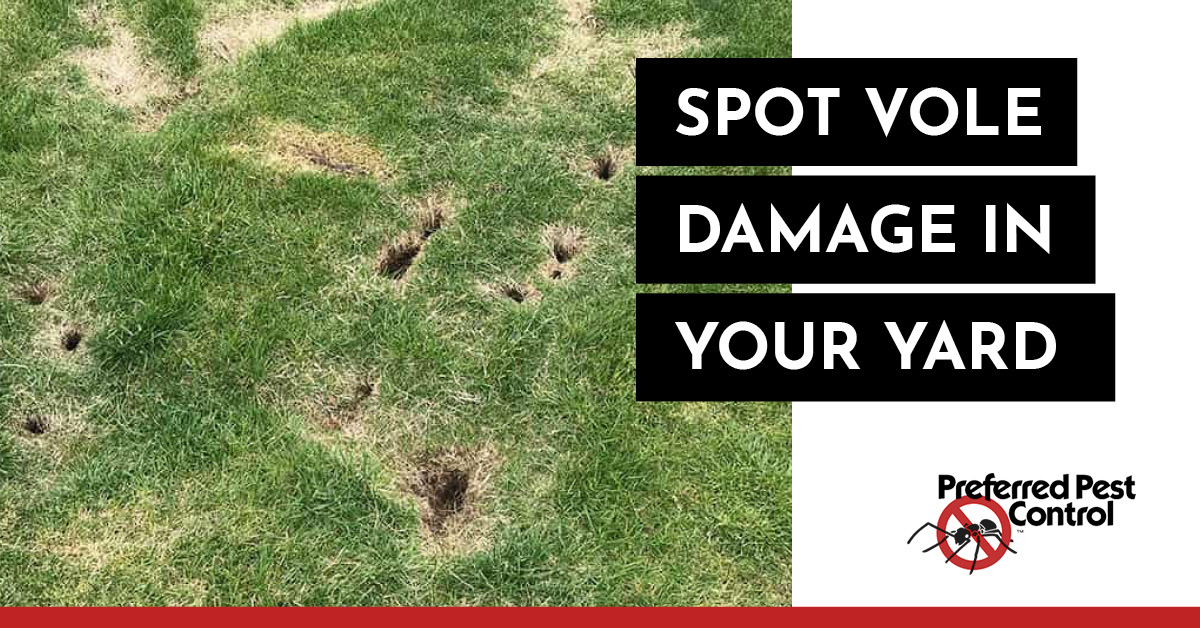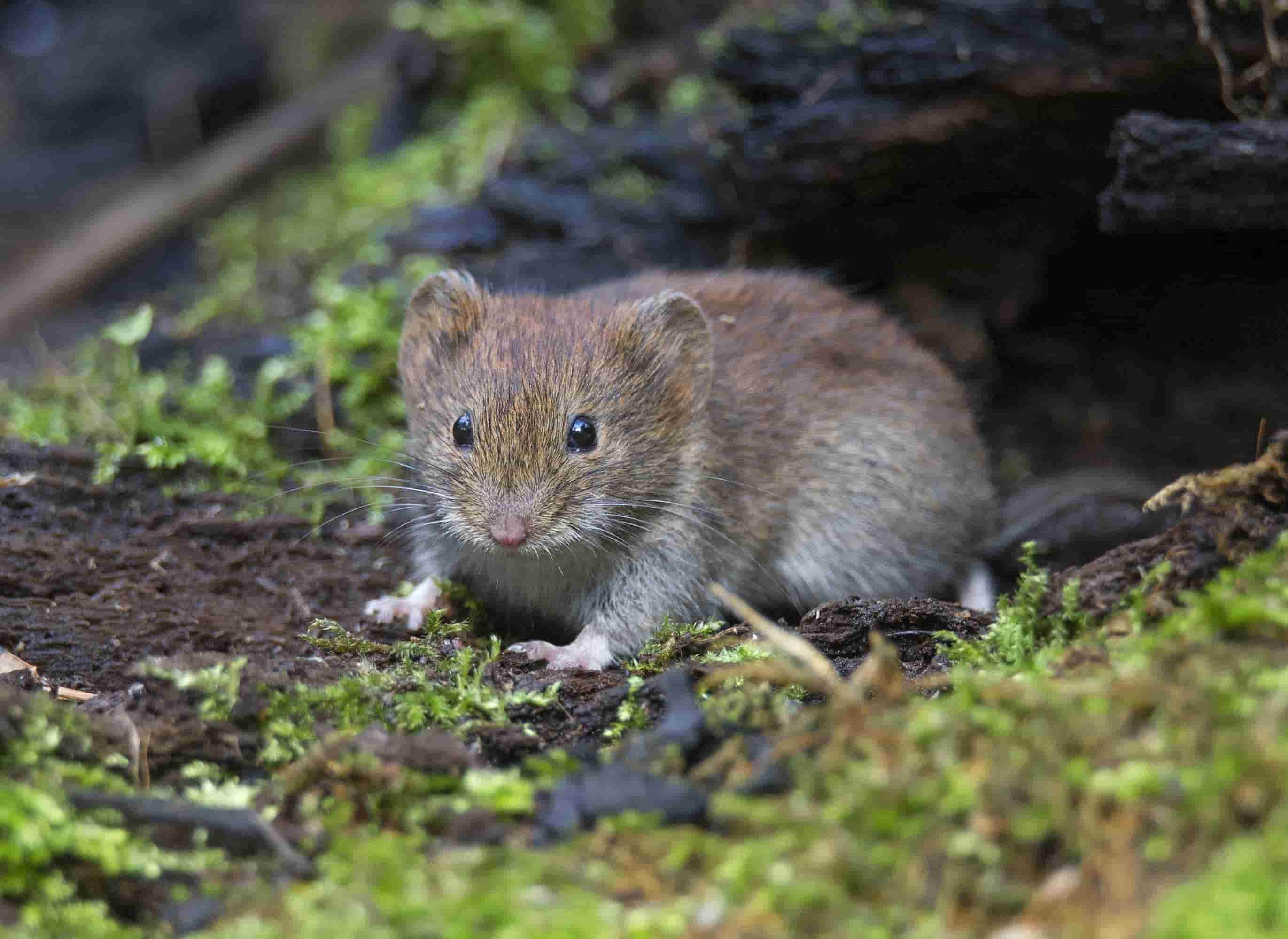Say Goodbye to Vole Damages: Expert Vole Control Solutions
Say Goodbye to Vole Damages: Expert Vole Control Solutions
Blog Article
Vole Bug Control Demystified: A Complete Overview of Infestation Discovery and Effective Treatment Techniques
From subtle indicators of infestation to the implementation of targeted control actions, navigating the world of vole parasite control demands a blend of understanding and strategic activity. In this comprehensive overview, we will check out the subtleties of vole problem detection and dig right into the realm of reliable therapy techniques that can secure your areas from these below ground annoyances.
Recognizing Vole Actions Patterns
Recognizing the intricate behavior patterns of voles is necessary for properly carrying out pest control measures in household and farming setups. Voles, tiny rats that appear like computer mice yet with stouter bodies, are notorious for their fast recreation rates and ravenous cravings for greenery. By delving into their habits patterns, parasite control experts can obtain valuable insights into vole habits, susceptabilities, and choices.
Voles are largely herbivores, feeding on a variety of plants, light bulbs, roots, and origins. They are additionally respected tunnelers, developing fancy below ground burrow systems for nesting and foraging (vole yard damage). By comprehending these practices, insect control experts can purposefully position catches and bait stations along vole paths and access factors, boosting the chance of effective elimination
Moreover, expertise of vole actions patterns can assist in developing safety nets to discourage future infestations. By addressing aspects that bring in voles, such as dense plant life cover and conveniently obtainable food sources, homeowner can make their premises less inviting to these destructive parasites. Finally, an extensive understanding of vole habits is paramount in developing effective and lasting parasite control strategies.
Identifying Indications of Vole Problem
Effective vole parasite control starts with quickly acknowledging the telltale indications of vole problem on residential properties. Among the most common indicators of vole existence is the visibility of surface area runways. These runways are slim pathways with lawn or plants that voles create as they travel between their burrows and food sources. Furthermore, vole droppings are another clear sign of invasion. Vole droppings are small, round pellets that are usually discovered along their paths or near their burrows.
In enhancement to paths and droppings, chomp marks on tree bark and plants are also indicators of vole task. Voles have a behavior of gnawing on the bases of shrubs and trees, which can cause damages and potentially eliminate the plants. In addition, the existence of burrow openings in the ground suggests an active vole population. Vole burrow entries are generally small and found in mulched or grassy areas.
Being watchful for these indications can help homeowner spot vole invasions early and take appropriate insect control actions to protect against additional damages.
Executing Targeted Control Steps
What particular strategies can be utilized to efficiently carry out targeted control actions for vole pest administration on residential properties? Executing targeted control procedures for vole insect management calls for a multi-faceted approach that combines both prevention and obliteration approaches. One of the key techniques is environment modification, which includes getting rid of vole-friendly atmospheres such as tall yard, weeds, and particles near structures. Setting up obstacles like equipment towel or gravel around yard beds and tree trunks can likewise assist deter voles - vole yard damage.
Capturing is another reliable technique for managing vole populaces. Live catches can be purposefully put along vole paths or tunnel entrances, baited with peanut butter or apple pieces. When captured, voles ought to be humanely eliminated to a various location to protect against reinfestation.

All-natural and Environmentally Friendly Treatments
The fostering of ecologically conscious methods can play an essential role in taking care of vole populaces without causing injury to the ecosystem. Green and all-natural solutions use a lasting approach to vole pest control, minimizing the usage of damaging chemicals and advertising biodiversity in the affected locations.
One effective natural technique is the usage of predator urine or predator decoys. Predators like snakes, foxes, and owls are the vole's natural enemies. By strategically putting killer urine or decoys around the plagued areas, voles may be prevented from working out in those areas.
In addition, planting vole-resistant plants can help in decreasing vole damages. Plants such as daffodils, crown imperials, and Siberian squill are understood to be unattractive to voles and can function as all-natural repellents.
In addition, producing physical barriers like cord mesh or crushed rock around prone plants can protect against voles from accessing them. These obstacles can help protect yards and landscapes without positioning any type of risk to the environment or other non-target species. By including these green and all-natural treatments, vole invasions can be handled successfully while keeping eco-friendly equilibrium.
Long-Term Avoidance Techniques
To sustainably address vole problems over time, implementing aggressive actions is crucial for long-term prevention strategies. By minimizing thick plant life, mulch, and clutter around structures, you can make your home much less attractive to voles. vole yard damage.
Normal tracking of vole task is vital for early discovery of any signs of invasion. Establishing vole traps read review can aid in regulating their population prior to it ends up being a full-blown invasion. It is additionally important to secure off any type of entrance points to buildings or structures to avoid voles from accessing.
Additionally, preserving a spick-and-span setting can discourage voles from making your residential or commercial property their home. Removing food sources like dropped fruits, seeds, and pet dog food can help in making your home much less attractive to these pests. By incorporating these proactive procedures with natural treatments and efficient treatment methods, you can establish an extensive lasting vole bug control strategy.

Final Thought
In conclusion, recognizing vole habits patterns, recognizing indications of infestation, carrying out targeted control measures, utilizing environment-friendly and natural remedies, and applying long-lasting avoidance techniques are critical action you can try here in properly handling vole invasions. By being aggressive and taking the needed actions to deal with vole issues quickly, individuals can efficiently manage and avoid vole infestations in their residential or commercial properties.
From refined indications of infestation to the application of targeted control measures, navigating the realm of vole insect control demands a blend of expertise and calculated action.Efficient vole parasite control begins with immediately recognizing the obvious indications of vole problem on homes. Implementing targeted control actions for vole pest monitoring calls for a multi-faceted approach that combines both prevention and elimination techniques. Establishing up vole traps can help in controlling their populace before it becomes a full-blown infestation. By incorporating these positive measures with natural treatments and effective treatment approaches, you can develop a detailed long-term vole parasite control method.
Report this page